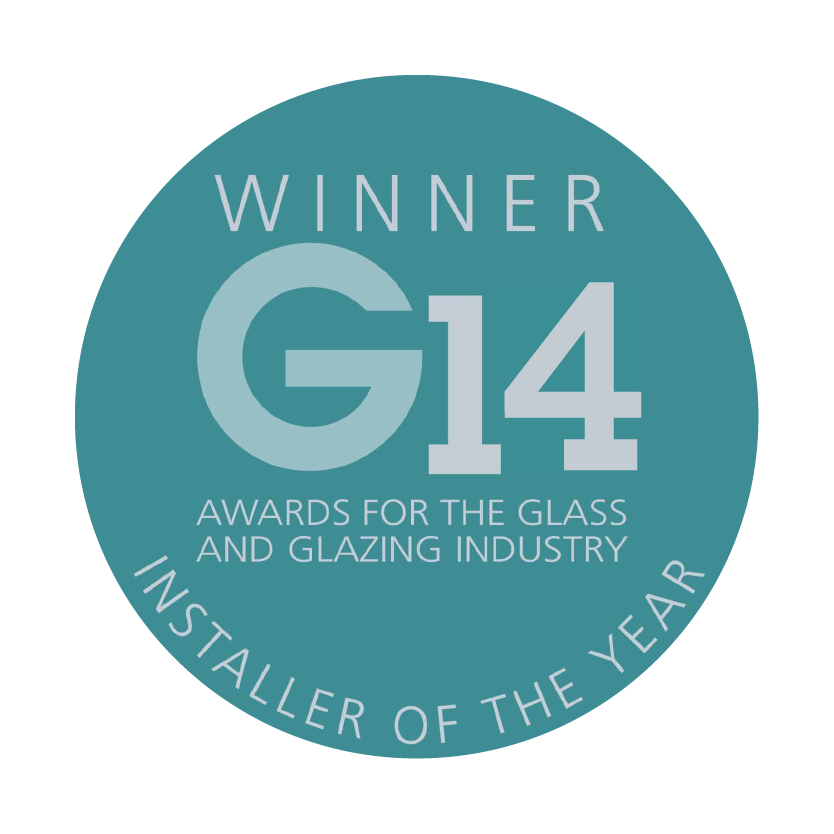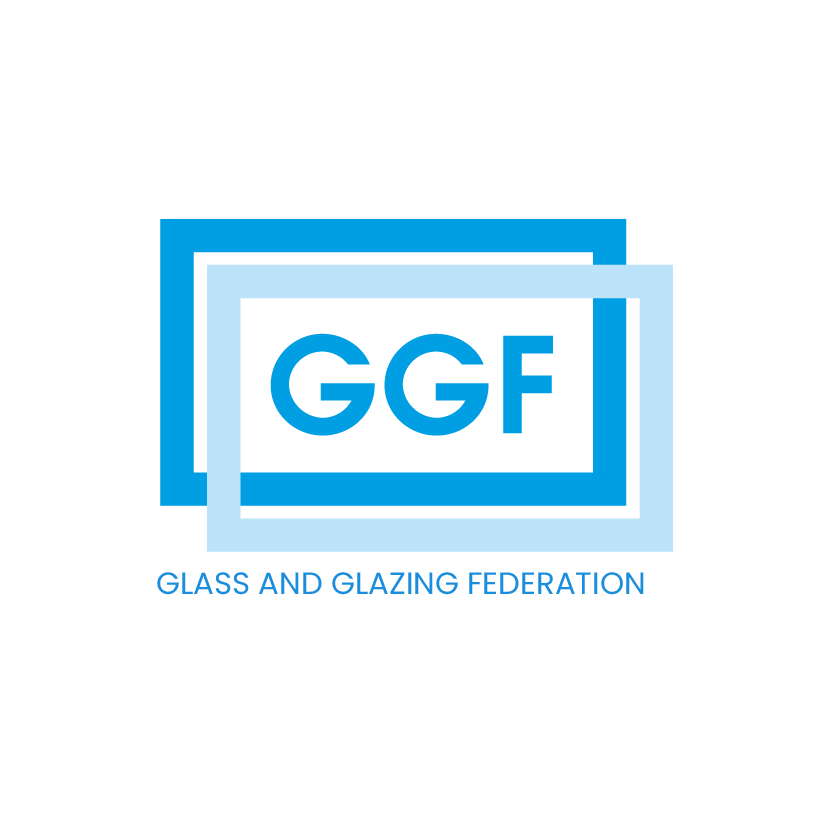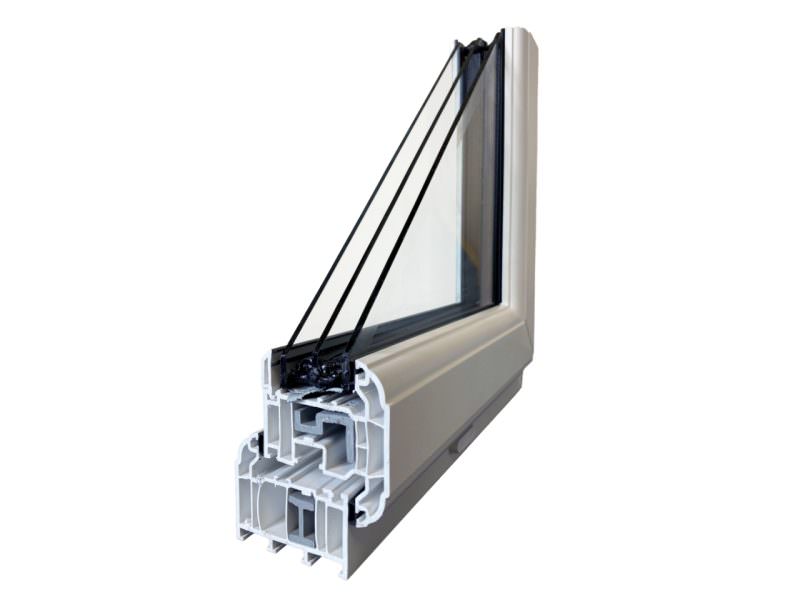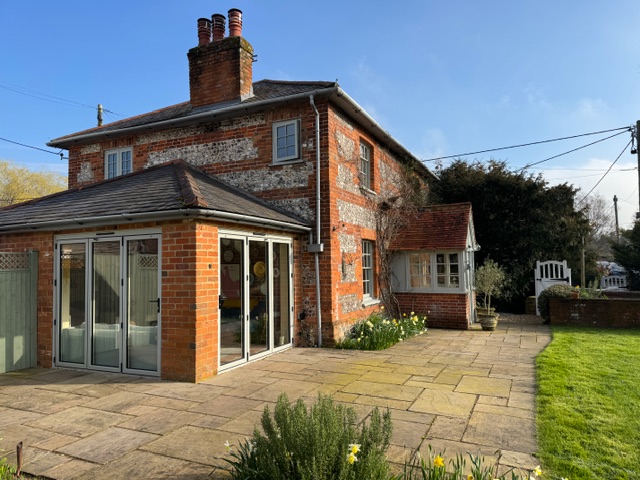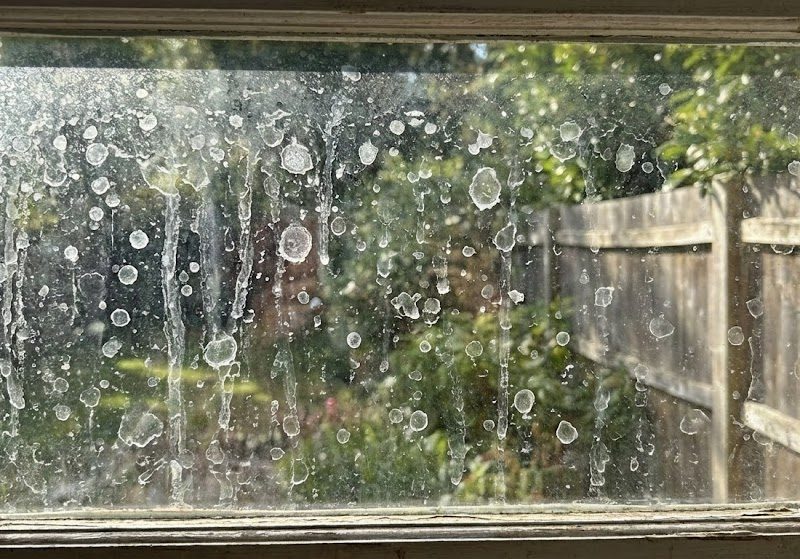
Timber - PVC - Aluminium - Windows, Doors & Conservatories in Hampshire
The Expert’s Guide to Bifold Doors: Thresholds, Traffic Doors & Technical Specs
The Expert’s Guide to Bifold Doors: Thresholds, Traffic Doors & Technical Specs
📌 Key Takeaways
- Weathered Thresholds are essential for external use to prevent leaks and drafts.
- Flush Thresholds have no weather rating and should only be used internally.
- Configuration Matters: A 4-panel “3+1” setup offers the flexibility of a single door, French door style access, and full opening.
- Integral Blinds are the best shading solution as they don’t interfere with the folding mechanism.
Most bifold door guides stop at “they look nice.” But if you are planning to spend thousands of pounds on a home improvement, you need the technical details. You need to understand how the water drainage works, how the doors stack, and how to avoid the “greenhouse effect.”
At KJM Group, we want you to be an informed buyer. This deep dive covers the three critical decisions you need to make: Thresholds, Configuration, and Glass Tech.
Table of Contents
1. The Threshold Dilemma: Flush vs. Weathered
The most common request we get is: “I want a completely flush floor from my kitchen to my patio, with no step.”
While this looks amazing in magazines, there is a harsh reality to face: True flush thresholds are not weather-proof.
Because a flush threshold has no “upstand” or rebate, there is nothing for the door seals to compress against. This means they offer little resistance to wind and driving rain.
| Feature | Weathered Threshold (Standard) | Flush / Low Threshold |
|---|---|---|
| Weather Rating | Severe Weather Rated. Features a rebate (lip) that creates a tight compression seal against wind and rain. | No Weather Rating. Gaps are covered only by brush seals, which air and water can penetrate. |
| Step Height | Typically requires a small step over (approx 14mm – 20mm upstand) to ensure water tightness. | Zero step-over (completely flat), but allows drafts and moisture ingress. |
| Best For… | External Doors. Essential for keeping your home warm and dry. | Internal Use Only. Perfect for dividing a conservatory from a house, or separating two internal rooms. |
⚠ The KJM Verdict
For any external door facing the British weather, we always specify a Weathered Threshold. We can often “sink” the outer frame into your floor structure to minimize the step-over height, but that small rebate is essential to stop your living room floor from getting wet.
2. Configuration Logic: The “Traffic Door” Secret
If you have a wide aperture, the configuration (how the doors split) is critical. You need to decide if you want a Traffic Door—a single panel that opens independently like a normal back door, so you don’t have to unlock the entire sliding mechanism just to let the dog out.
Here are the two best setups we recommend:
- The 4-Panel “3+1” (Best of Both Worlds): This is incredibly popular for good reason. It features three doors folding to one side and one single door on the other.
Why it works: You get a dedicated traffic door for everyday use. You can open the traffic door and the first sliding leaf to create a “French Door” feel. Or, you can fold everything back for the full open-plan experience. - Odd Number of Panels (3, 5, 7): All panels can fold one way, but the first one acts as your traffic door. This is great for smaller openings where a 3-panel door is the maximum size that will fit.
3. Solving the “Goldfish Bowl” Problem (Integral Blinds)
Bifold doors are essentially a wall of glass. In summer, this can lead to solar gain (overheating), and in winter evenings, it can feel like a “black hole” with zero privacy.
Traditional curtains or vertical blinds often get in the way of the folding mechanism. This is why we strongly recommend Integral Blinds.
These are Venetian-style blinds sealed inside the double-glazed unit. They never need dusting, they don’t dangle, and they move with the door panels perfectly.
👉 Learn more about KJM Integral Blinds here.
Detailed FAQ: Technical Specs
Absolutely. As of the latest building regulations (Part L), new doors in existing dwellings must achieve a U-Value of 1.4 W/m²K or better. Our Aluminium systems (Smart Visofold and Korniche) meet these strict targets using polyamide thermal breaks and argon-filled glass units.
We generally prefer Bottom Rolling systems for bifolds. Top-hung doors put all the weight (which is significant with triple glazing) on the lintel above, requiring massive structural support. Bottom rolling transfers the weight directly to the floor, which is mechanically more stable and smoother to operate over time.
Yes. A popular choice is Anthracite Grey (RAL 7016) on the outside to look modern, with White (RAL 9910) on the inside to keep your interior bright and match your skirting boards. This is standard for our aluminium ranges.
Both are premium aluminium systems. Visofold 1000 is the industry standard—reliable, robust, and slightly more traditional in profile. Korniche is often praised for its “cleaner” aesthetics and slightly slimmer engineering. We have both available to view in our Andover showroom so you can feel the difference in the handle action yourself.
The Next Step: Survey & Specification
Because bifold doors require precise tolerances to work smoothly, we don’t sell “off the shelf.” Every KJM door is made to measure.
Book a free site survey today. We will check your lintel heights, floor levels, and confirm the correct threshold for your home’s exposure.
📚 Related Reading
- Compare Options: Bifold vs. Sliding Patio Doors
- Material Choice: Why Aluminium is Best for Bifolds
- Solar Control: How to Keep Your Room Cool in Summer
- The 2026 Glazing Outlook” – High-level summary of the pivot to growth. - 9 December 2025
- Industry News: The Future Homes Standard 2025 & What It Means for Your Windows - 1 December 2025
- KJM Group MD Attends House of Commons Event to Champion UK Glass Industry - 14 November 2025




